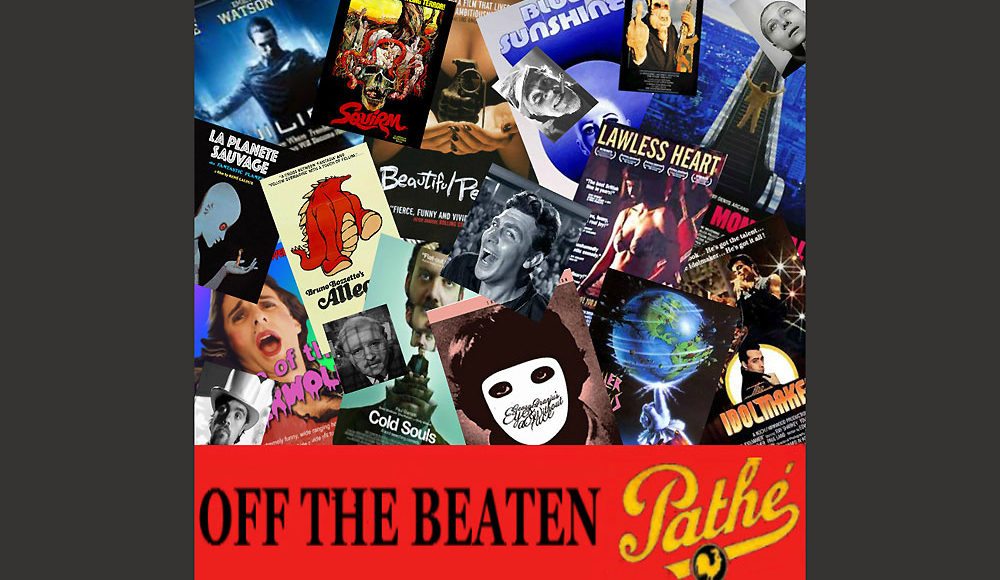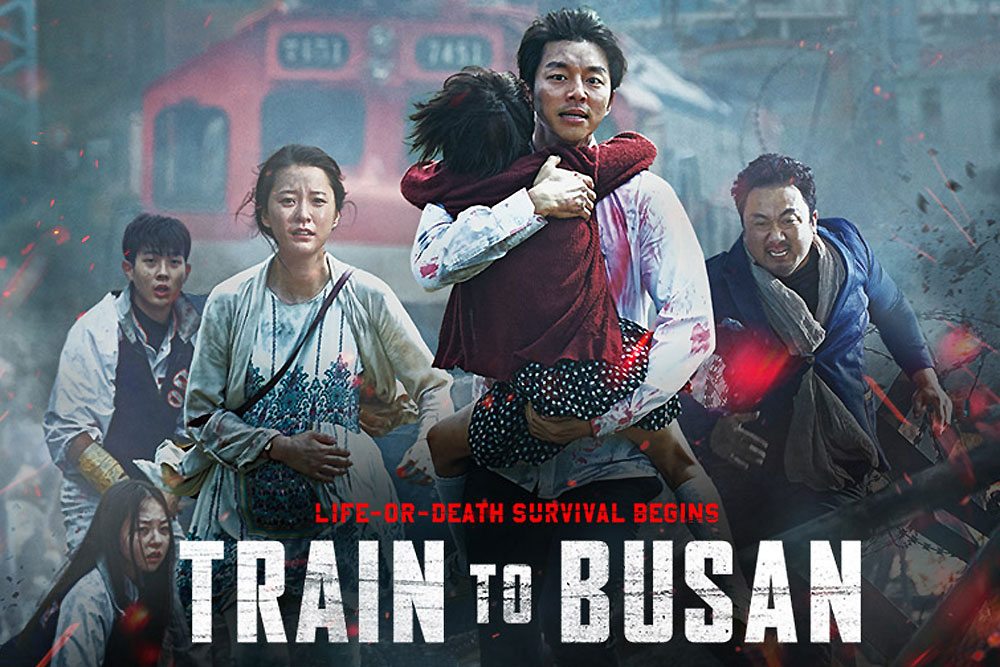For the most part, Korean cinema has not rung the dong for me.
I Saw the Devil (2010) Kim Jee-woon’s brutal and bloody psychological thriller gained, mostly, positive reviews after its premiere at the 2011 Sundance Film Festival, but I can’t honestly comment on this well-crafted and intelligent tale of sexual torture, cannibalism and revenge because for the majority of it, I was cowering under my seat.
I appreciated The Crucible (2011—aka Silenced), less as a work of cinema as for its examination of that nation’s society in telling the actual story of abuse suffered by children at a school for the hearing impaired provoking the Korean authorities to reopen the case.
While Korean cinema overall has been a no-starter for me, Korean horror has been DOA even before I plugged in the DVD.
There was The Host (2006), the monster-on-a-rampage flick directed by Bong Joon-ho, which boasted a pretty decent monster causing mayhem from the waters of the Han River, but suffered from a rather dismal family drama on dry land.
Then came D-War (2007) released in North America as Dragon Wars: D-War.
Turning to Korean legends for its inspiration, this rock ‘em, sock ‘em fantasy was written and directed by Shim Hyung-rae, who peppered the film with American film actors such as Robert Forster and Elizabeth Peña, and American TV actors the likes of Jason Behr and Amanda Brooks.
The film is a full-out slugfest, as various celestial dragons or Imoogi, Bulcos (winged dragons), a Shaconnes cavalry (think small Tyrannosauruses), Dawdlers (big Iguanas mounted with rocket launchers) and black armored warriors of the Atrox Army do battle against the U.S. Armed Forces and the LAPD. In the process, Los Angeles is left (yet again) in smoldering ruins.
Budgeted initially at $35 million, production costs thrust the final price tag to $99 million, making D-War the most expensive Korean film ever.
You can see that expenditure of $99 million in the exceptional CGI work; unfortunately, the script budget couldn’t have exceeded $25.86 tops.
So, there I am just about ready to cross Korean filmmakers off my list permanently, when Train to Busan (2016) pops up.
Directed by Sang-ho Yeon from a script co-written with Joo-suk Park, here is a zombie film to warm the heart of any fan of rampaging undead masses.
The premise is one of perfection for both the genre and the demands of low budget film production: As a zombie virus grips South Korea, then the world, the passengers travelling by the high speed KTX train from Seoul to Busan fight from car to car and station to station to survive.
A train!
The ideal container to intensify the narrative tension while keeping the shooting costs in check.
Like The Host, the focus of this tidy little white-knuckler is also a family drama, in this case between a work-aholic father and his estranged daughter. Sang-ho Yeon, in another example of low-budget genius unites, in the roles of father and daughter, Gong Yoo and Jung Yu-mi; who starred together in The Crucible.
The film, which premiered at the 2016 Cannes Film Festival, is director Yeon’s first live action work. (As an animator, he produced Seoul Station—after the apocalyptic drama’s release—, which he describes as the prequel to Train to Busan and covers the events taking place the day before.)
Busan was criticized as owing heavily to the airliner scene from World War Z and there is some truth in this, but others dismissed it as “Snowpiercer with zombies” which is unfair and ignores the films many merits.
From the beginning of the genre, Night of the Living Dead (1968), the classic zombie flick has dealt with more than the brain-hungry undead looking for a quick snack. The best of the genre goes beyond mere exploitation to examination of the society in which they are set: Land of the Dead, Night of the Comet, Day of the Dead (both the George Romero original and the Zack Snyder homage), Cemetery Man (Michele Soavi’s film of the European graphic novel), The Horde (by French directors Benjamin Rocher and Yannick Dahan), World War Z, Pontypool (Bruce McDonald’s extremely cerebral* re-working of the genre), Shaun of the Dead, 28 Days Later, and Grace Lee’s vastly underrated horror mockumentary American Zombie all offer more than blood-drenched slaughter and so does Train to Busan.
The greatest danger the passengers face in Train to Busan is, not the hurling masses of jaw snapping zombies but, each other. As class issues and social prejudices flare up, the living become as vicious as the undead until the viewer is forced to wonder what it is that separates us from them.
Sang-ho Yeon seems to offer an answer to this in the final nerve racking, zombie free scene of his film; which can also be taken as a counterpoint to the final moments in Romero’s Night of the Living Dead.
Regardless of how one views its execution you, nevertheless, have in Train to Busan the hallmarks of all truly great Zombie flicks; while causing you to cringe, it prods you to think.
♦ ♦ ♦
* Pontypool screen adaptation by Tony Burgess. Based on his novel: Pontypool Changes Everything.
(Featured image: Pathé logo courtesy of Pathé archives)
Support the Voices of The TVolution
Like us on Facebook and Please Subscribe!








